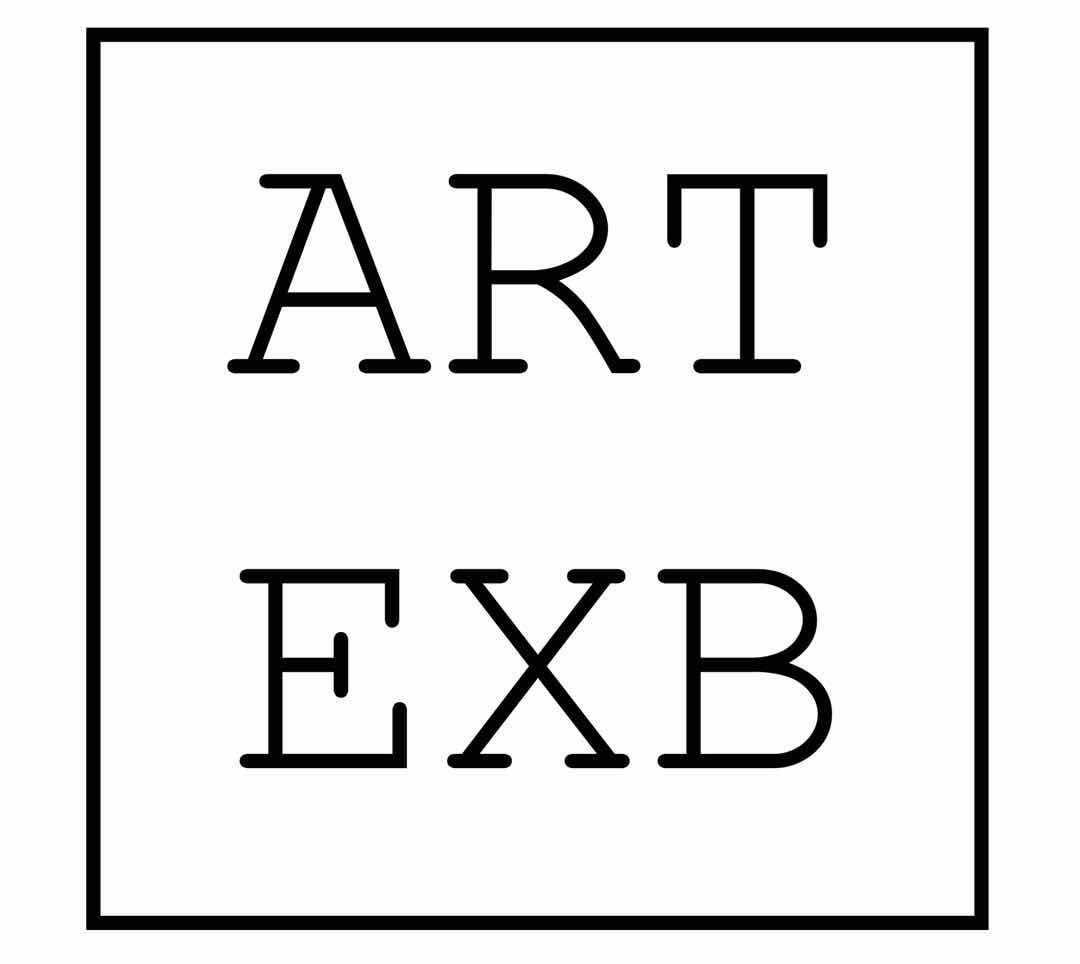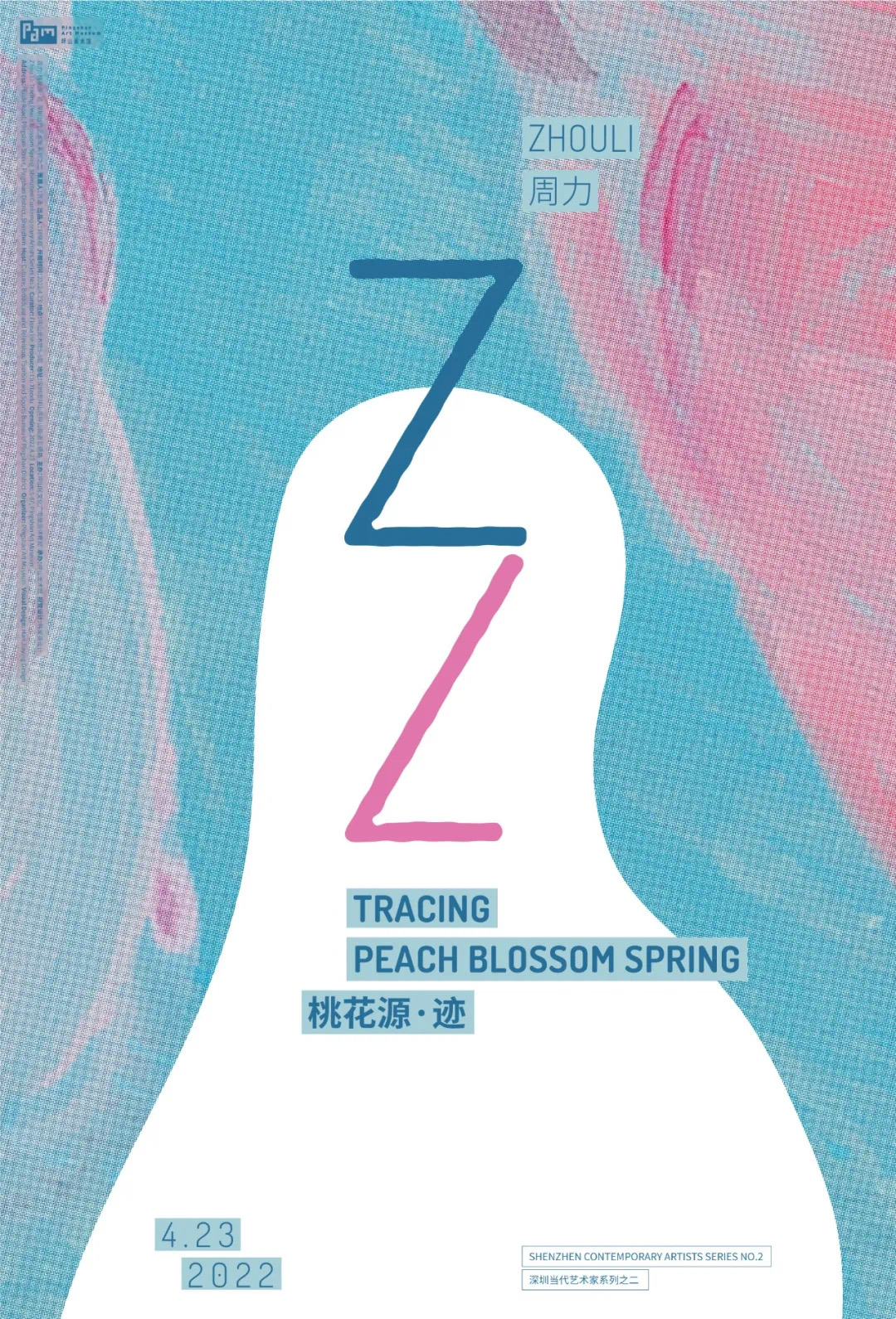坪山美术馆|深圳当代艺术家系列|总序
历史的进入与深耕
深圳当代艺术的发展最早可以溯源至85新潮时期,当时深圳作为一个新兴的、充满想象张力的城市,催生和兴起了一些零星的艺术行动和个体实践,但其时,深圳的使命还是在于经济和政治领域的试验与奇迹创造,文化艺术的发展处于 “萌而未发” 的状态。
直至1997年,深圳同一年建设和开放了何香凝美术馆和关山月美术馆,深圳的当代艺术由此呈现出了日渐明朗的学术定位和版块性的崛起和活力。而2005年,由黄专先生参与发起的OCAT在深圳正式成立,标志着深圳当代艺术的主体意识的觉醒,可以说中国当代艺术的深圳立场和独立工作,助推了中国当代艺术的学术梳理和价值建构。深圳的当代艺术在这个阶段,也经历了空降式和事件型艺术的兴奋期,涌现出了数目惊人的双年展。客观而言,这一系列实践松动和培育了深圳当代艺术的土壤,也推动和塑造了今天的深圳当代艺术发展的基本面貌。
坪山美术馆的成立,便是在此背景下的应时而生和顺势而为。在过去两年多的工作中,我们始终强调以历史的眼光、当代的支点和审慎的判断来介入当代艺术的现场和地方艺术的建设,此次推出的深圳艺术家个案系列,也是基于深圳当代艺术的现实情境和发展阶段,期望以激发、助力和沉淀的行动推动深圳当代艺术的主体建构。我们希望通过个案的梳理来呈现深圳当代艺术的结构与肌理,肌理越饱满,城市也会更有精神的厚度和潜能。
深圳当代艺术呈现出个体迁徙、频繁流动的状态,我们对 “深圳当代艺术家” 的界定也因应这种特质。他们中既有深耕二三十年的艺术家梁铨、周力,也有在深圳开启其艺术的重要岁月后又北上的蒋志,还有新生代的80后艺术家李燎;既有近几年离开学院迁徙到深圳的薛峰,也有处于候鸟状态、将深圳作为 “落脚城市” 的沈少民。我们都将他们纳入到深圳当代艺术家的范畴进行考察、梳理和展览呈现。我们当然深知其判断本身一方面会推动地方艺术生态的基础建设,同时也意味着这个工作会充满挑战和艰辛。但我们坚信,发展到今天的深圳当代艺术,亟需对自己过去短暂而丰富的历史进行回顾、梳理和审视,并对此时此地的现场形成观察和判断。深圳当代艺术要继续靠前走,就需要有一些自我的审视和冒险。
记得已故的深圳当代艺术的重要推动者、艺术评论家黄专说过一句话:“不是什么时代都能进入历史,只有那些真正改变了我们的生活价值的时代才能进入历史;不是任何人都能进入历史,只有那些真正具有创造能力的人才能进入历史。” 坪山美术馆就是在寻找那些 “改变” 和 “创造”,并将其编织到当代艺术的深圳叙事之中,我们希望以此为深圳、为中国南方当代艺术生态搭建出一些牢固和有时间重量感的 “基础设施”。
坪山美术馆馆长 刘晓都
深圳当代艺术家系列读本策划 钟刚
周力:桃花源 · 迹
心路历程通常难以通过客观载体被精准地表达出来,但于艺术家而言,情感往往是驱动创作不可或缺的动力,在周力的工作中,我们同样可以看到其核心是如何将有关当下的情感转换为可被留存的所在。
在近些年的创作中,周力将个人层面上的感知经验拓展到了更广泛的社会与历史进程的维度中。此次坪山美术馆的深圳艺术家系列展《桃花源 · 迹》借助东晋陶渊明的《桃花源记》为支点,以 “愿景” 般的观念书写下个人情感经历在历史进程中的 “痕迹”(trace)。同时,艺术家也为这个连接 “个人经历与理想境界” 的系列创作奠定了它的基调——粉色,但她的色彩又不仅限于粉色。得益于从小接受中国传统艺术的滋养和长期保持书法练习的习惯,周力将 “墨分五色” 中单一的色彩渐变转译到她在架上惯用的色彩中,持续地体现出 “一色多用” 特点。
回望西方艺术史中经典作品,不难发现周力为《桃花源》设定的基调的初衷 —— 与那段失去家人的悲痛和孕育新生命的经历 —— 抚慰痛苦并带来希望不谋而合。本次展览主题中的 “迹”,一方面,意在说明周力的创作并非试图再现陶渊明文本中所描绘的场景,而是借用武陵渔人的足迹作为链接现实与理想境界的方式;另一方面,故事是以太守遣人再寻桃花源却不得所获而告终,一如每个人的心路历程均有其无法复制的独特性,这也是周力在创作中所提及的 “心迹”。
曾经,周力让自己的自画像以睁一目、眇一目的方式出现,代表内观与外观的同时存在。这一次,全新创作的在地装置以镜像映照的两种世界让路径显像,也去除了时空的单一指向性,甚至造就了 “桃花源” 与现实间 “仿佛若有光” 的门,以极简的方式开辟了两重空间。藉由这个展览,周力邀请观众与她共赴桃源之旅,也在她的作品中移步易景。借助古代经典文本的支点,以及当下正在发生的现实所拉开的维度,让我们一同步入这个情动的场域。
策展人 贺潇
Pingshan Art Museum | Shenzhen Contemporary Artists Series | Prelude
Making History and Making Endeavors
The development of contemporary art in Shenzhen can be traced back to as early as 85 New Wave period. At that time, as a burgeoning and imaginative city, Shenzhen gave birth to some sporadic art movements and individual practices. However, Shenzhen then was obligated to undertake the mission of conducting experiments and thereby working miracles in the economic and political fields. As a result, culture and art were emerging, with dramatic growth yet to come.
Until 1997, Shenzhen witnessed the building and opening of He Xiangning Art Museum and Guan Shanyue Art Museum in the same year. Contemporary art in Shenzhen has shown an increasingly clear academic positioning, while demonstrating the rise and vitality of Pearl River Delta in the contemporary art context. In 2005, OCAT, initiated by Huang Zhuan among others, was formally established in Shenzhen, marking the awakening of the subjective consciousness of contemporary art in Shenzhen. It can be concluded that Shenzhen position and its independent efforts concerning Chinese contemporary art have helped facilitate the academic research and value construction of Chinese contemporary art. At this stage, the contemporary art in Shenzhen has also witnessed the sprouting of non-indigenous and events-based art when a surprising number of biennales came out. Objectively speaking, the series of practices loosened and cultivated the soil for contemporary art in Shenzhen, while promoting and shaping the basic appearance of the development of contemporary art in Shenzhen today.
Against this backdrop, Pingshan Art Museum was established as the times demanded. Over the past two years of work, we have been emphasizing historical perspectives, contemporary pivots and prudent judgment, which should play a role in the construction of contemporary art scenes and local art. Based on the realistic situation and development stage of contemporary art in Shenzhen, the Shenzhen Contemporary Artists Series is expected to promote the major construction of contemporary art in Shenzhen by means of inspiring, assisting and inheriting acts. We hope to present the structure and texture of Shenzhen contemporary art through the analysis of individual cases. The richer the texture, the greater intellectual thickness and potential the city will have.
The contemporary art in Shenzhen presents a state of individual migration and frequent movement, which prompts the definition of “Shenzhen Contemporary Artists”. Among them are the artists Liang Quan and Zhou Li who have been involved into the field for 20 or 30 years, Jiang Zhi who went north after the momentous years of starting out a career as an artist in Shenzhen, as well as Li Liao born in 1980s. Besides, the said artists also include Xue Feng who has left school and moved to Shenzhen, and Shen Shaomin, who treats Shenzhen as a temporary place of lodging like a migratory bird. We categorize them as Shenzhen contemporary artists for inspection, sorting and exhibiting. Certainly, we are aware that the judgment itself will promote the infrastructure construction of the local art ecology on the one hand, which also means that this work will be full of challenges and hardships. However, we firmly believe that the shenzhen contemporary art today needs to be reviewed, sorted out and examined concerning its short yet rich history, thus resulting in observations of and judgments on the scene here and now. Should the contemporary art in Shenzhen advance, it needs some self-examination and adventure.
I recall that the late Huang Zhuan, an important promoter of contemporary art in Shenzhen and an art critic, said: “Not all times can go down in history. Only those times that have truly changed the value of our lives can make history; not everyone can go down in history. Only those who are genuinely able to produce creations can pass into history.” Pingshan Art Museum is looking for those “changes” and “creations”, while weaving them into the narrative of Shenzhen contemporary art. We hope to build some solid and time-honored “infrastructure” for Shenzhen and for the contemporary art ecology in southern China.
Liu Xiaodu, Director of Pingshan Art Museum
Zhong Gang, Editor of Readers of Shenzhen Contemporary Artists Series
Zhou Li: Tracing Peach Blossom Spring
It’s often difficult to precisely convey one’s emotional journey objectively. For artists, feelings and emotions are necessary motivations for their practices. In Zhou Li’s work, we can also see that the artist’s central practice revolves around translating the feelings and emotions of the present into tangible forms.
In recent years, Zhou Li has expanded communicating her emotional experience on a personal level to broader social and historical dimensions. This solo project “Tracing Peach Blossom Spring” at the Pingshan Art Museum draws on Tao Yuanming’s “The Peach Blossom Spring” from the Eastern Jin Dynasty as a fulcrum to “trace” emotional experiences in the course of history with a “visionary” concept. The artist designates a specific color tone – pink, for this series of works that bring together “personal experience and ideal realm” at the same time, without limiting to this scheme. Nurtured by traditional Chinese art from a young age and her lasting habit of practicing calligraphy, Zhou Li translates the monochromatic variations known as “the five shades of ink” into her most used colors on the canvas to feature “multiple usages of a color tone” in her works.
Should we revisit Western art history, it would be easy to notice that the color pink intended to soothe pain and bring hope in many classic artworks coincides with the tonality Zhou Li set for the Peach Blossom Spring series, initially conceived to convey her grief of losing a family member and the experience of bringing a new life to the world. “Tracing” in the exhibition title, a verb left in its active tense, differentiates Zhou Li’s artworks from scenic representations depicted in Tao Yuanming’s text. Meanwhile, the term alludes to the way in which reality and the ideal realm connect through the footsteps of the Wuling fisherman despite the story’s inconsequential retracing of such a trail. From which, we may compare the story to one’s emotional journey, which is unique and non-replicable, resonating with Zhou Li’s idea of the “heart’s trace”.
In the past, Zhou Li conceived her self-portrait to look at the world with one eye open and the other shut, to embody a simultaneous perspective of introspection and outward view. This time, the site-specific installation consists of mirror images of two worlds connected with a visible path, eliminating any one-directional sense of time and space. Furthermore, it creates a gate between The Peach Blossom Spring and reality through its “seemingly radiant light” opening up two dimensions with a minimal approach. On the occasion of this exhibition, Zhou Li invites the viewer to join her on a journey to envision The Peach Blossom Spring through the various perceptual experiences of her works of art. Let us step into this expanded site of affects by bringing this literary text into the context of what we are experiencing.
Fiona He, Curator

